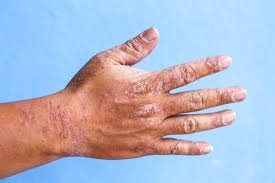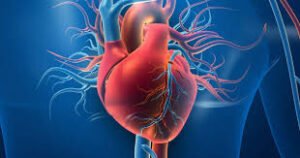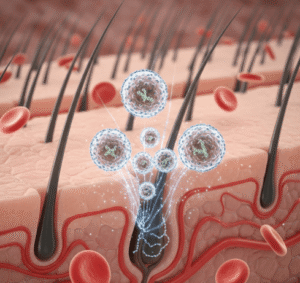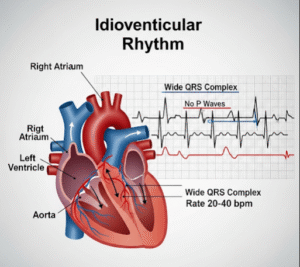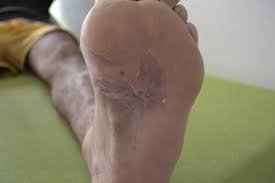Overview
Anaphylaxis is a rapid and severe allergic reaction that can be life-threatening if not treated immediately. It affects multiple body systems, causing symptoms such as difficulty breathing, swelling, low blood pressure, and even unconsciousness. Prompt administration of epinephrine and emergency care are critical to survival.
What is Anaphylaxis?
Anaphylaxis is an acute, systemic hypersensitivity reaction triggered by exposure to an allergen. It results from the sudden release of immune system chemicals like histamine, leading to widespread inflammation and tissue swelling. Unlike localized allergic reactions, anaphylaxis affects the entire body and can escalate quickly into shock, a condition known as anaphylactic shock.
Symptoms
Symptoms typically appear within minutes of allergen exposure and may include:
- Hives, itching, or flushed skin
- Swelling of the face, lips, throat, or tongue
- Difficulty breathing, wheezing, or tightness in the chest
- Rapid or weak pulse
- Dizziness, confusion, or fainting
- Nausea, vomiting, or abdominal cramps
- Drop in blood pressure
- Loss of consciousness in severe cases
Causes
Anaphylaxis can be triggered by a wide range of allergens, including:
- Foods: Peanuts, tree nuts, shellfish, milk, eggs, soy, wheat
- Medications: Penicillin, NSAIDs, chemotherapy agents, vaccines
- Insect stings: Bees, wasps, hornets, fire ants
- Latex: Medical gloves, balloons, rubber products
- Exercise-induced anaphylaxis: Often linked to food intake
- Idiopathic anaphylaxis: Cause remains unknown in some cases
Risk Factors
- Personal or family history of allergies or anaphylaxis
- Asthma or respiratory disorders
- Previous anaphylactic reaction
- Exposure to known allergens without proper precautions
- Use of medications like beta-blockers, which may interfere with treatment
Complications
- Anaphylactic shock (severe drop in blood pressure)
- Respiratory arrest or failure
- Cardiac arrest
- Brain damage from lack of oxygen
- Death if not promptly treated
Prevention
- Avoid known allergens rigorously
- Carry an epinephrine auto-injector (like EpiPen) at all times
- Inform healthcare professionals about allergies
- Wear a medical alert bracelet
- Undergo allergy testing and desensitization therapy if appropriate
- Create an emergency action plan and educate close contacts
Treatment Options in Korea
South Korea offers advanced emergency and long-term management for anaphylaxis:
Emergency Treatment:
- Immediate epinephrine injection (intramuscular) is the first-line treatment
- Follow-up with antihistamines, corticosteroids, and oxygen therapy
- Intravenous fluids and airway management in hospital emergency settings
- Services are available 24/7 in top hospitals like Seoul National University Hospital, Samsung Medical Center, and Severance Hospital
Allergy Identification and Management:
- Comprehensive allergy testing (skin and blood tests) to identify triggers
- Immunotherapy (allergy shots) for long-term desensitization
- Consultation with allergists, especially in university hospitals and children’s centers
Education and Support:
- Training for proper use of epinephrine auto-injectors
- School and workplace awareness programs for at-risk individuals
- Online tools and local support groups for allergy and anaphylaxis awareness



